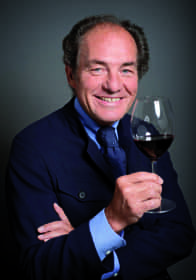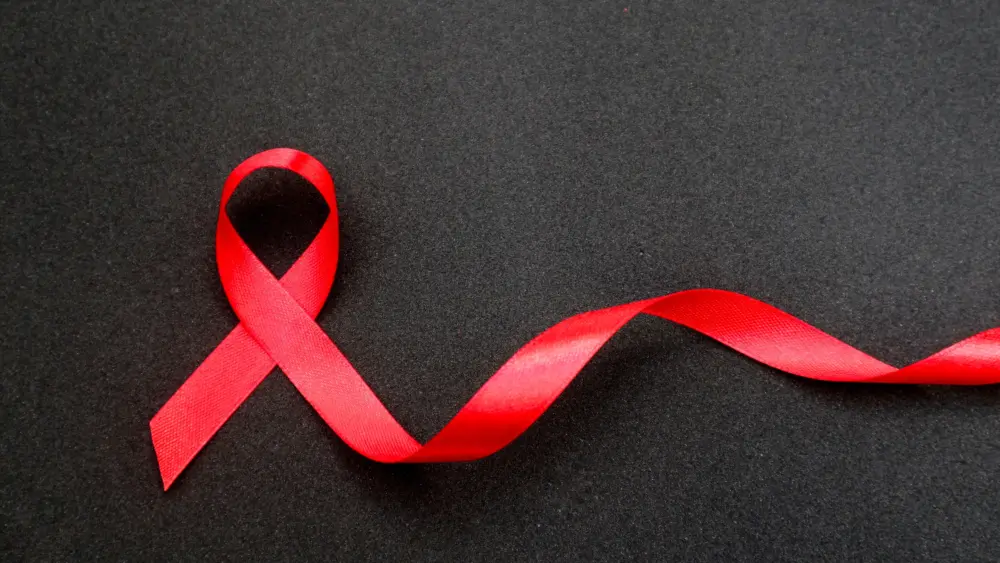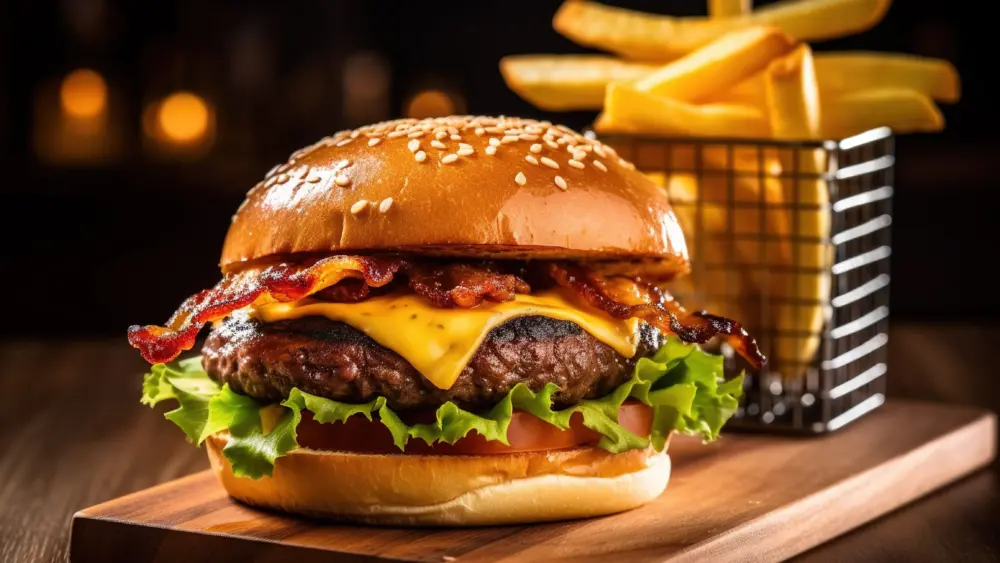Something resonated when he talked about how a winemaker loses control of the wine at the point it hits the glass.
Well before I moved to the Napa Valley, I was a wine fiend. Happily, I still am. But one thing I’ll never be is a wine snob. When I arrived here, one of the first things I noticed was the serious wine speak that dominates Wine Country conversations. While I get that wine is serious biz, listening to people pontificate over how silky and lush the tannins are and how seductive the “mouthfeel” is sounds more “50 Shades of Grey” than wine description. This explains why I once wrote an article that mocked the idea of special wine glasses and went as far as saying that not even slurping wine out of a snowman mug could kill the taste of an excellent wine. So when I was presented the opportunity to take a seminar from George Riedel, I raised my no-name wine goblet with aplomb and said, “Yes, please.”
 A glass by any other name
A glass by any other name
One of the first questions I ask is how Riedel responds to naysayers like myself when asked if his glasses can make a hack wine worthy. He smiles politely and deadpans in a thick Austrian accent, “We are not responsible for miracles. We can’t make a second-rate wine a grand cru.” It’s hard to know if the frank speak was part of his shtick, but he disarmed me enough to listen and taste with an open mind. When he announced we were about to embark on a journey of the senses, I was skeptical. But something resonated when he talked about how a winemaker loses control of the wine at the point it hits the glass.
Fifteen minutes in, it became clear that our lecture was less about why Riedel glasses are better than any other (though some are more than happy to make that claim, as many times as possible, especially during highbrow dinner parties) and more about how varietal-specific glasses can change the taste of wine. “We can’t improve a wine, but a glass can change our perception of a wine by altering the flow of liquid on the palate,” says Riedel. Then he referred to the glass as a “vessel,” which, coming from anyone else, might sound wonky but, from him, sounded like an interesting conceit. Our “vessels” for the night were the Riedel Veritas, a new line that’s 25 percent lighter than other models. The glass did feel nice, if a bit dangerous, to hold—especially for a klutz like myself. As we sipped water (so aroma and taste wouldn’t interfere with the experiment) from the Pinot Noir glass, we were regaled with anecdotes like drinking and swallowing are the second most automated reflexes next to breathing, and the wider the diameter of a glass rim, the more you have to adjust your lips to drink. Rim diameter also directly affects how liquid flows over the tongue, impacting our perception of taste, depending on whether it hits the mid, front or back. In the Pinot glasses (the widest rim), liquid rolls over the tip of the tongue, where in the Syrah glass (the narrowest), it flows to the back. This is how, Riedel claims, a wine glass can control tannin intensity.
We went on to taste three wines, first in the “wrong” varietal glass, a Syrah in a Pinot Noir glass, and so on, until we ended the session by tasting the right wine in the right glass. Riedel concluded our taste off with this: “The glass is a tool. If you pour the wrong wine into it, something terrible can happen.” I don’t know if I’d go as far as that, but what I will say is, when I drank the Cabernet Sauvignon (my preferred varietal), it did taste different in each glass; fine in fact, but when it hit the rightful glass, it was, in a word, sublime.
The lesson learned (and proven): Glass diameter does trigger the flow of liquid to different parts of the palate, which could mean the type of glass may influence the taste of the wine that goes in it. Admittedly, I may or may not have been seduced by the sweet scent of wine and chocolate, so these findings should be taken with a grain of sea salt. Better yet, procure a few varietal-specific glasses and test the difference for yourself. For me, talk is cheap, wine glasses aren’t, techno wine babble is still irksome, and Cabernet sipped in my new Riedel glass tastes much better than when it’s slurped down in a snowman mug.
Author
-

Christina Julian left Los Angeles and a career in advertising to sip and swirl for a living in Napa Valley, where she vowed to make wine and the discussions around it, more approachable. She’s covered everything from arts and entertainment to travel and leisure but remains true to her own words as a wine and food writer for The Infatuation. NorthBay Biz was one of the first regional publications she wrote for when she landed here more than a decade ago, and she’s never looked back. Learn more at christinajulian.com.
View all posts



